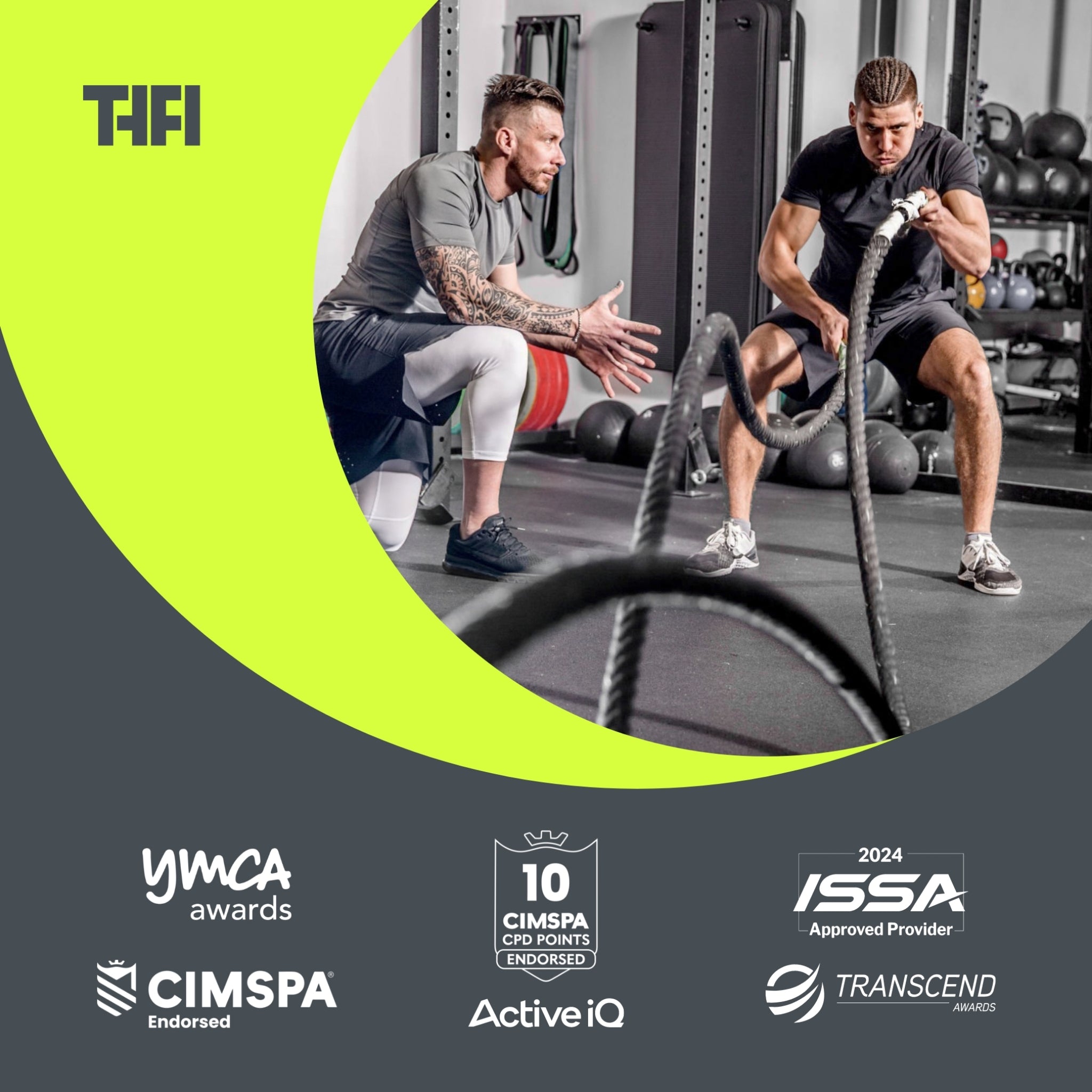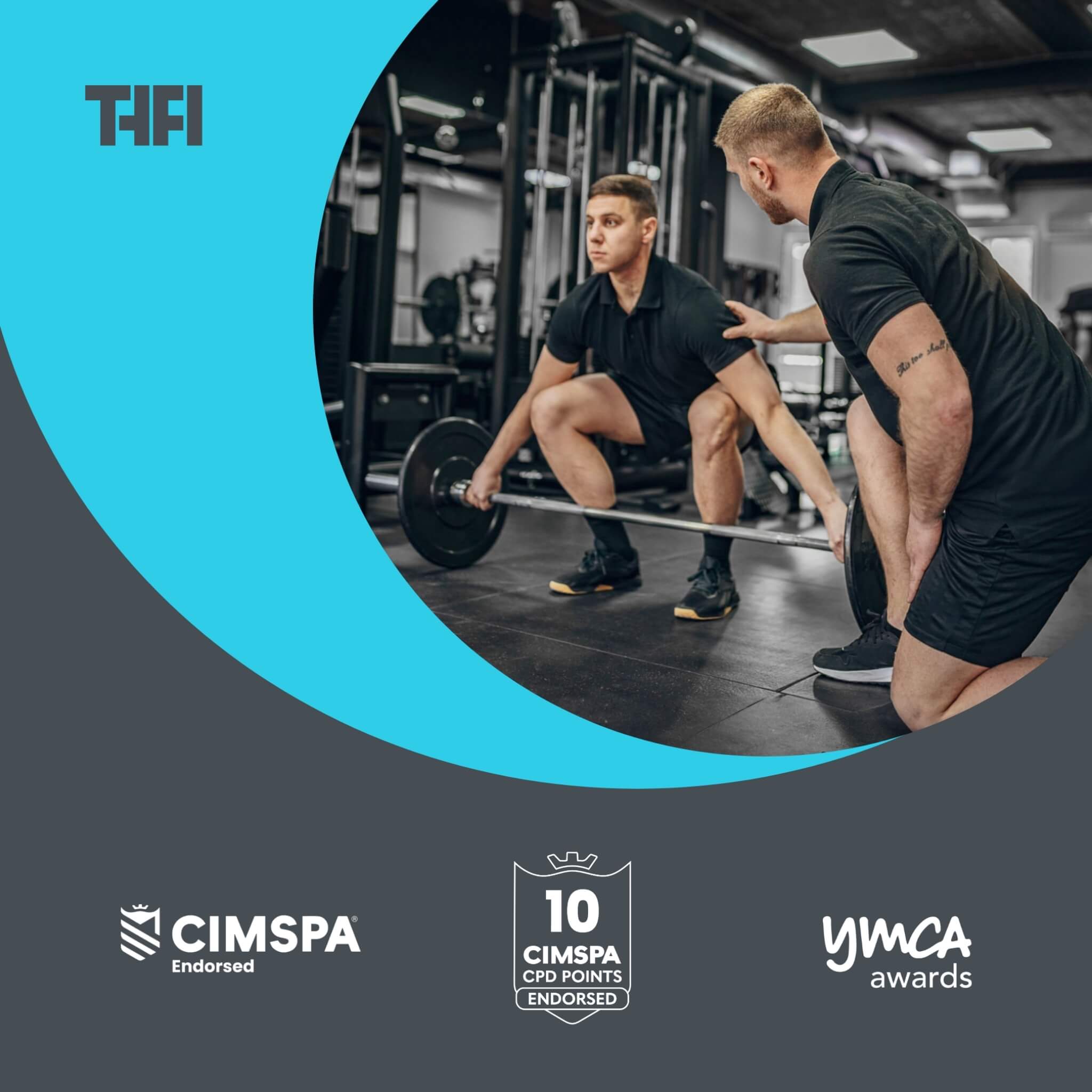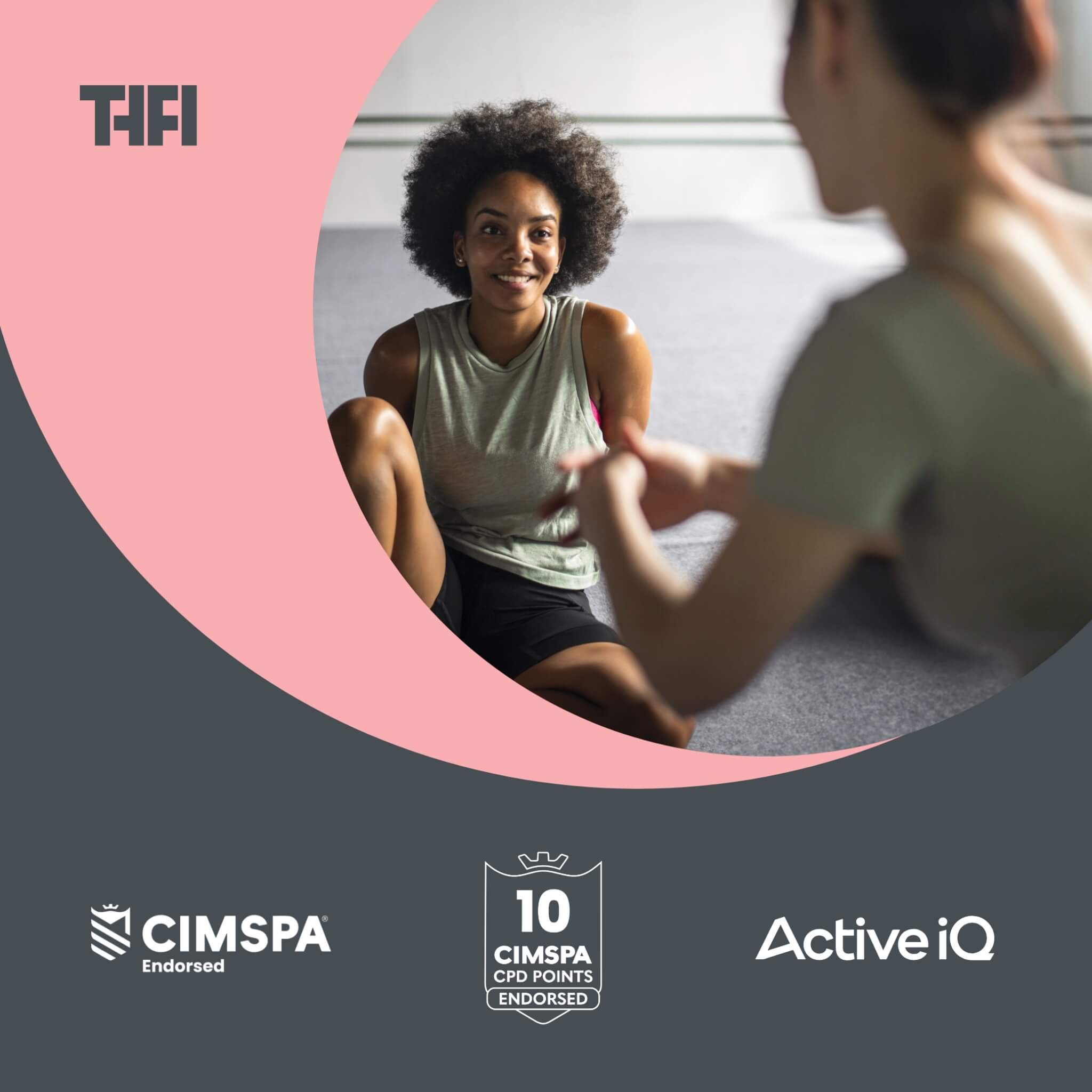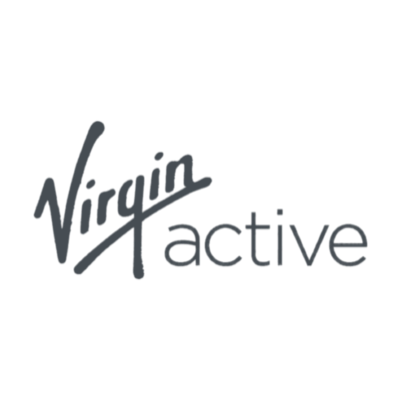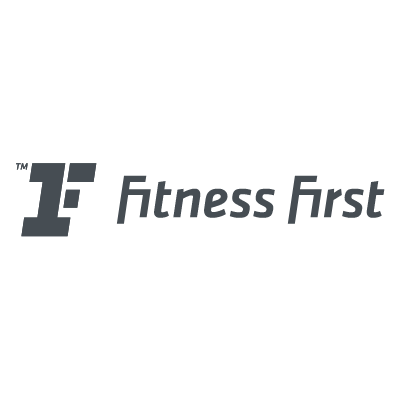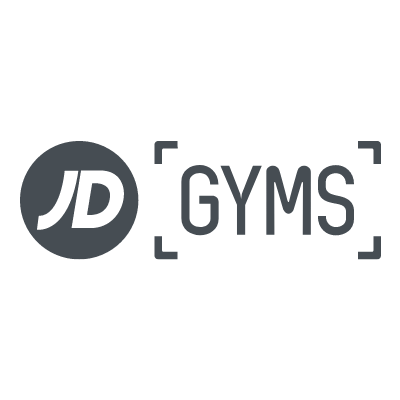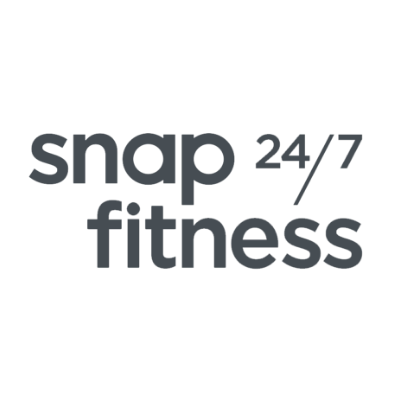A PT’s Guide to Heart Rate Zone Training

The Fundamentals of Heart Rate Zone Methodology
At its core, heart rate zone training divides a person's heart rate into different levels of intensity, from light aerobic activity to high-intensity efforts. Each zone targets different aspects of fitness and endurance, making it crucial to understand which zone to aim for during various types of workouts. This guide includes insights from Jo Green, Master Trainer and Education Manager at THFI with an MSc in Sports Science from Loughborough University, whose expertise bridges cutting-edge science with practical applications for personal trainers. For those looking to build a career in fitness, online personal trainer courses can provide the knowledge and structure needed to deliver this kind of targeted training to clients.
Jo Green’s Insight :
“Heart rate zones offer an unparalleled level of customisation for trainers and clients. By targeting specific zones, we can ensure every session is purposeful, whether the goal is recovery, endurance, or high-intensity performance.”
Summary: Key Topics Covered in This Guide
- The Fundamentals of Heart Rate Zone Methodology
- What Are Heart Rate Zones? (Zones 1 to 5)
- Understanding Maximum Heart Rate (MHR) and Its Importance
- Methods for Determining and Calculating Heart Rate Zones
- Using Wearables and Technology for Accurate Tracking
- Tailoring Training Zones for Individual Differences
- Applying Heart Rate Zone Training to Client Goals
- Zone-Based Session Planning and Recovery Strategies
- Monitoring Client Progress: Identifying Overtraining and Undertraining
- Advanced Heart Rate Zone Training Tips for Trainers
- Incorporating Zones Into Different Fitness Disciplines
- Creating a Comprehensive Client Education Programme
What are Heart Rate Zones?
Heart rate zones are typically broken down into five different categories:
Zone 1: Very light (50-60% of maximum heart rate) - Ideal for warm-ups and cool-downs.
Zone 2: Light (60-70% MHR) - Enhances basic endurance and fat burning.
Zone 3: Moderate (70-80% MHR) - Improves aerobic fitness without too much stress.
Zone 4: Hard (80-90% MHR) - Increases maximum performance capacity for shorter sessions.
Zone 5: Maximum (90-100% MHR) - Develops maximum performance and speed, suitable for short bursts during interval training.
Understanding these zones allows personal trainers to plan sessions that are scientifically structured to maximise specific physiological responses, from building endurance levels to boosting high-intensity athletic performance.
Jo Green’s Insight :
“Each heart rate zone serves a distinct purpose. Zone 2, for example, is the sweet spot for endurance training, while Zone 4 is ideal for athletes wanting to push their lactate thresholds. Trainers must balance the zones strategically for long-term success.”
Defining the Different Zones and their Impacts
Each heart rate zone triggers different physiological responses that are beneficial for varying fitness goals. For instance, training in Zone 2 is excellent for endurance athletes looking to improve their race times without overtraining. In contrast, Zone 4 might be targeted for improving an athlete’s lactate threshold, which is crucial for high-intensity sports.
Jo Green’s Insight :
“Many clients assume higher zones are always better, but this isn’t true. The magic often happens in the lower zones, where the body adapts in ways that enhance recovery and longevity.”
Understanding Maximum Heart Rate (MHR)
The Maximum Heart Rate (MHR) is pivotal in setting up heart rate zones. It is generally calculated using the formula: 220 minus your age. However, this method can be refined further with fitness testing to ensure accuracy, as individual differences can cause variations. Knowing a client's MHR with precision allows for the customisation of heart rate zones that cater specifically to their current fitness level and goals.
Jo Green’s Insight :
“While the 220-minus-age formula is a good starting point, advanced testing methods like VO2 max can uncover a client’s true potential. The more accurate the data, the better the results.”
Determining and Calculating Heart Rate Zones
The path to accurate heart rate zone training starts with establishing a baseline: the maximum heart rate (MHR).
While there are several methods to measure it, the key is to choose an approach that balances ease of use with precision, ultimately providing the most accurate zones for your client.
Jo Green’s Insight :
“Never underestimate the value of reassessment. As clients improve, their zones may shift. Regularly recalibrating ensures programmes remain effective and aligned with their goals.”
Using Wearables and Technology for Accurate Tracking
Advancements in wearable fitness technology have given personal trainers more tools than ever to accurately monitor client heart rates. Devices like chest straps and smartwatches can provide continuous heart rate data during workouts and automatically determine heart rate zones based on personalised metrics. Many of these gadgets incorporate algorithms that account for individual differences and adapt zones over time, offering an invaluable source of data for trainers to assess progress.
Jo Green’s Insight :
“Wearable technology takes the guesswork out of training. It provides real-time feedback, allowing trainers to make immediate adjustments and deliver more effective sessions.”
Adjusting Zones for Individual Differences
Remember that each client is unique, and physiological differences mean their ideal heart rate zones may vary. Factors such as fitness level, gender, training history, and genetics can all play a role. It’s crucial to regularly assess and adjust training zones as needed. Use both quantitative data (wearables, MHR testing) and qualitative feedback (client-reported intensity and exertion levels) to fine-tune each workout, ensuring sessions remain challenging but sustainable.
Jo Green’s Insight :
“A one-size-fits-all approach doesn’t work with heart rate zones. Tailored adjustments are what set great trainers apart from good ones.”
How to Apply Heart Rate Zone Training
Knowing how to accurately determine your clients' heart rate zones is only half the battle. The true value of heart rate zone training lies in applying it effectively to reach specific goals. Tailoring training zones to individual client goals can significantly enhance their experience, whether they're aiming to build endurance, get leaner, or improve performance. When you become a Level 3 Personal trainer, it is important to understand the benefits of training zone methodology for specific goals.
Jo Green’s Insight :
“Heart rate zone training is most impactful when tied directly to a client’s goals. Whether it’s fat loss or race preparation, clients stay engaged when they see measurable progress.”
Matching Training Zones to Specific Goals
Endurance Training vs. ‘Fat Burning’ vs Performance Boosting
- Endurance Training: For clients focused on building endurance, Zone 2 is crucial. It provides a sustainable level of activity that increases aerobic capacity and trains the body to utilise fat more efficiently as fuel. Zone 3 can also be beneficial for those aiming to build a strong endurance base, pushing their aerobic threshold without reaching maximum exertion.
- ‘Fat Burning’: Training in Zone 2 can help the body optimise its ability to utilise fat as a fuel source, which is crucial for endurance athletes and those seeking improved metabolic flexibility. Although it's often called the "fat-burning zone," sustainable fat loss still requires an overall calorie deficit (created through consuming fewer calories and expending more energy...or a mixture of both) A well-rounded fitness strategy incorporating different intensity zones can contribute to your increased energy expenditure (calorie burn). The efficiency gained in this zone also enhances cardiovascular health.
- Performance Boosting: Athletes looking to boost their competitive edge will need a mixture of Zones 3, 4, and 5. Zone 4 improves the anaerobic threshold, crucial for maintaining higher-intensity efforts for longer periods, while Zone 5 offers maximum exertion training that can dramatically improve speed and peak performance.
Jo Green’s Insight :
“Zone 2 might not feel exciting, but it’s where endurance magic happens. Pairing it with high-intensity intervals in Zones 4 and 5 creates a well-rounded approach that builds strength and stamina.”
Zone-Based Session Planning for Clients
The key to effective zone-based session planning is variety and progression. Overloading clients with high-intensity sessions too frequently can lead to burnout or injury, while staying too long in low zones may limit progress. Use the following guidelines when structuring sessions:
Balance Training Zones: Ensure each training week includes a mix of all relevant zones. For instance, include a long, steady workout in Zone 2, interval training targeting Zones 4 and 5, and a moderate, sustained session in Zone 3.
Progression Over Time: Adjust training zones as your client improves. As their fitness and cardiovascular health evolve, their MHR and corresponding zones may change. Use regular assessments to fine-tune training zones and keep clients working at the optimal intensity.
Recovery is Crucial: Don't overlook the importance of Zone 1 for warm-ups, cool-downs, and active recovery sessions. This keeps the cardiovascular system active without overstressing it, allowing muscles and joints time to heal.
Jo Green’s Insight :
“Recovery is where most trainers falter. Clients often feel they’re wasting time in Zone 1, but it’s a critical component for long-term performance gains.”
Monitoring Client Progress with Heart Rate Zones
Once you’ve established your clients' heart rate zones and applied them in training, the next step is to monitor their progress. Doing this consistently provides invaluable insights into how well your clients respond to the programme and allows for adjustments that optimise their results.
Tracking Client Progress Over Time
The data collected through heart rate zone training gives you a tangible measure of improvement, making it easier to track progress. As clients train, you'll observe changes like:
- Improved Efficiency: Clients will be able to train longer in higher zones, indicating enhanced cardiovascular efficiency and stamina.
- Lower Resting Heart Rate: A lower resting heart rate over time suggests improved heart function and cardiovascular health.
- Quicker Recovery: The ability to return to resting heart rate faster after exercise signifies improved fitness and better recovery capacity.
Jo Green’s Insight :
“Progress tracking keeps clients motivated. Highlighting milestones like quicker recovery or improved efficiency is key to showing them the value of their efforts.”
Identifying Signs of Overtraining or Undertraining
Regular monitoring helps identify signs of overtraining or undertraining, ensuring clients don't burn out or stagnate:
Overtraining:
- Elevated resting heart rate
- Inability to reach target zones despite effort
- Persistent fatigue and irritability
- Increased injury risk or prolonged muscle soreness
Undertraining:
- Lack of progress or plateau in fitness levels
- Struggling to reach higher zones due to insufficient intensity
- Boredom or lack of motivation
Both scenarios require immediate attention to avoid a negative impact on performance or client satisfaction.
Jo Green’s Insight :
“Overtraining can sneak up on clients, especially those who push hard without adequate rest. It’s a trainer’s job to spot the warning signs and course-correct early.”
Adapting Programs Based on Client Feedback and Performance
Even the best-planned programmes need to be adjusted occasionally based on client feedback and performance data. Use your observations, client-reported experiences, and training logs to refine the programme:
- Tailor Intensity Levels: Shift clients' training zones if they frequently struggle to meet target zones or regularly exceed them with ease.
- Incorporate Deload Weeks: Allow for planned recovery periods where intensity is significantly reduced to help prevent burnout.
- Adjust Goals: As clients progress, their goals may change. Some may shift from general fitness to race-specific training or vice versa. Adapt the training zones to align with new objectives.
Jo Green’s Insight :
“Client feedback is as valuable as any data point. Listening and adapting programmes based on their experiences fosters trust and ensures lasting results.”
Advanced Heart Rate Zone Training Tips for Personal Trainers
After mastering the basics, personal trainers can level up by using heart rate zone training to enhance various fitness disciplines and help clients reach their specific goals more efficiently.
Incorporating Heart Rate Zone Training into Different Fitness Disciplines
Cross-Training: Cross-training incorporates multiple activities like running, swimming, and cycling to build all-round fitness. Heart rate zones help you ensure your clients are training at the right intensity across different activities, boosting endurance and reducing the risk of injury. You can create multi-discipline training plans that specify zones based on each activity's specific demands.
HIIT (High-Intensity Interval Training): HIIT is ideal for incorporating Zones 4 and 5 due to the intense bursts of effort followed by rest periods. Heart rate zone monitoring ensures that clients push themselves sufficiently during intervals while allowing adequate recovery. This results in optimal performance improvements and increased metabolism.
Sports-Specific Training: Different sports require unique cardiovascular demands. For example, football players may need quick bursts of high intensity, while marathon runners need prolonged endurance. By applying heart rate zones, you can tailor sports-specific programmes that target the right intensity for peak performance.
Jo Green’s Insight :
“Heart rate zones can transform sports-specific training. Customising zones for activities like cycling versus running ensures clients perform optimally in their chosen discipline.”
Conclusion
Heart rate zones provide a personalised roadmap for training, ensuring that each session is optimised for client goals. Integrate this methodology into every client assessment to design effective training programmes from the start.
It will help you fine-tune intensity, avoid overtraining, and build tailored programmes that enhance fitness levels for your clients.
Jo Green’s Final Thought :
“Heart rate zones simplify complex fitness concepts. They’re a tool that empowers trainers and clients alike to work smarter, not harder.”







